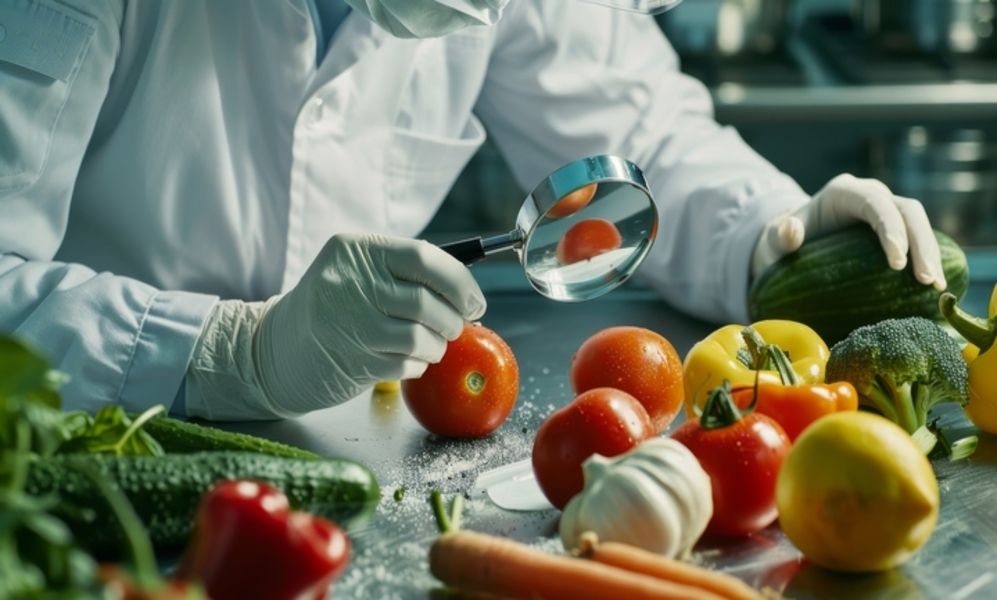Addition of Climate Change Considerations to ISO Standards – What You Need to Know?
September 27, 2024
7 Benefits of Controlling Food Hazard within Your Company
September 27, 2024Controlling food hazards during production is crucial to ensuring the safety and quality of food products. Here are some key steps to help mitigate food hazards in the production process:
1. Implement Good Manufacturing Practices (GMPs): Adhering to GMPs helps maintain a clean and sanitary production environment, reducing the risk of contamination and foodborne illnesses.
2. Conduct Hazard Analysis and Critical Control Points (HACCP) Plan: Developing a HACCP plan allows you to identify potential hazards in the production process and establish critical control points to prevent, eliminate, or reduce these hazards.
3. Train Employees: Providing comprehensive training to production staff on food safety practices, hygiene, and proper handling procedures can help minimize the risk of food hazards.
4. Maintain Proper Hygiene: Regularly clean and sanitize equipment, surfaces, and utensils to prevent cross-contamination and the spread of pathogens.
5. Monitor and Control Temperature: Proper temperature control is essential to preventing the growth of harmful bacteria (i.e for sensitive raw materials). It is important to monitor and maintain appropriate temperatures during food processing and storage.
6. Conduct Regular Inspections and Audits: Regularly inspect production facilities, equipment, and processes to identify and address potential food hazards. Conduct internal and external audits to ensure compliance with food safety regulations.
7. Implement Allergen Control Measures: Clearly label allergens, separate allergen-containing ingredients, and establish procedures to prevent cross-contact with allergens during production.
8. Establish Traceability Systems: Implement systems to track and trace ingredients, materials, and finished products throughout the production process to quickly identify and address any food safety issues.
By following these steps and continuously monitoring and improving food safety practices, you can effectively control food hazards during production and ensure the safety and quality of your food products at the highest. If you have any more questions or need further guidance on food safety practices, feel free to ask!





